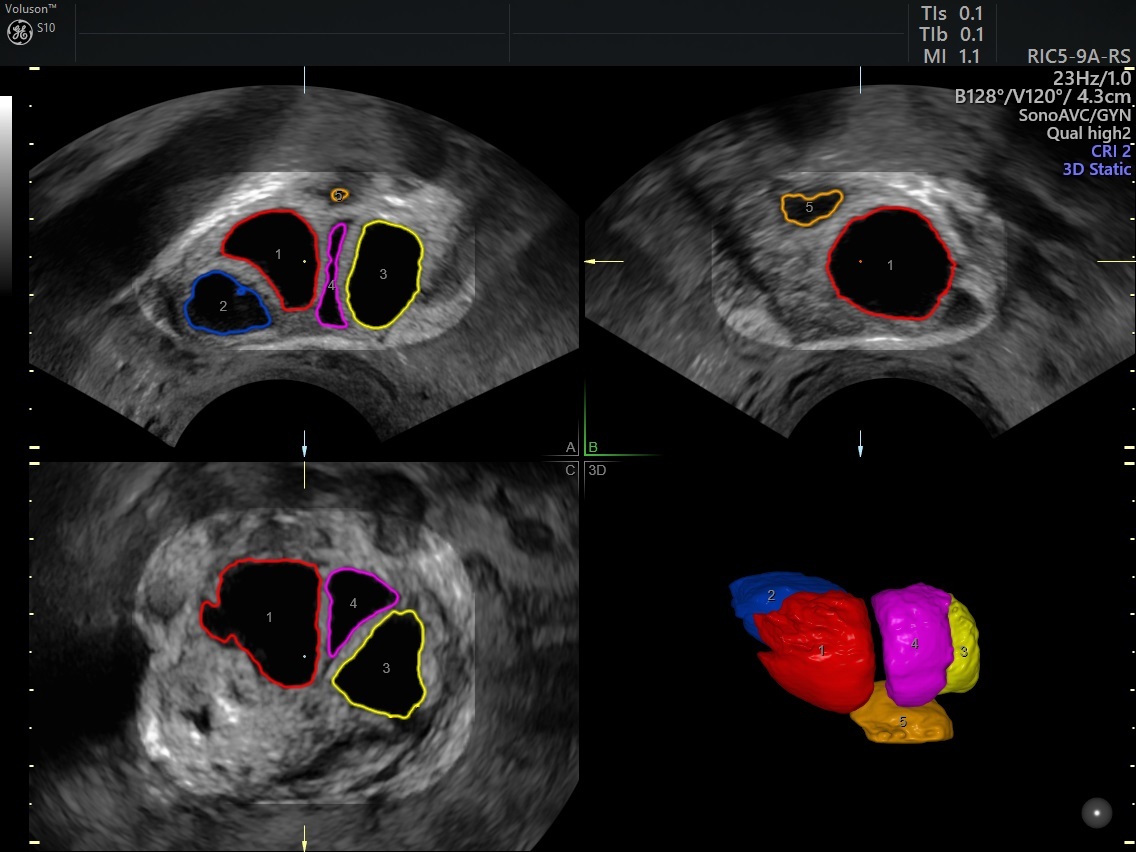Patients who are hesitant about IVF, either due to concerns about side effects or its price, may come to you with questions about minimal stimulation in vitro fertilization. This approach, dubbed mini IVF, generally uses lower doses of injectable medications, lessening the risk of potentially serious complications such as ovarian hyperstimulation syndrome (OHSS).
Clinicians who defend this protocol view it as a more gentle approach. For patients, among its chief selling points is that a single round can run just half the price of one cycle of traditional IVF.
While this all sounds promising, clinicians who do not currently administer mini IVF may wonder about its efficacy. As with any fertility treatment, mini IVF comes with trade-offs.
What Is Mini IVF?
This approach has been described in medical literature using various labels, including minimal stimulation IVF, low intensity IVF and low intervention IVF. Similar to traditional IVF, mini IVF includes follicle monitoring, ultrasound-guided oocyte retrieval, fertilization in a laboratory and embryo transfer. Patient pre-screening mirrors IVF requirements, involving an antral follicle count to shed light on ovarian reserve and a laboratory test for anti-Müllerian hormone.

Example of a volume acquisition of the ovary using SonoAVCfollicle ™ – 3D volume technique that automatically counts and measures follicles.
SonoAVC™follicle can help monitor follicles faster by automatically calculating the number and volume of hypoechoic structures in a volume sweep.
Ideal patients for mini IVF include:
- Under-responders who are unable to produce many follicles, even with full stimulation.
- Over-responders who are at risk of OHSS.
Patients with ethical or religious concerns about embryo freezing also may have fewer reservations about this approach.
Although there is no single accepted protocol, mini IVF generally relies on lower doses and fewer days of injected gonadotropins, using a gonadotropin-releasing hormone (GnRH) antagonist protocol rather than a GnRH agonist approach. Injections are sometimes accompanied by oral medications to stimulate ovulation, and some clinicians favor oral medication alone.
The intent is to trigger a mild ovarian response that emphasizes egg quality over quantity. In practice, this may yield no more than five oocytes per aspiration, reports a study from the International Journal of Reproductive Medicine. Traditional IVF may entail aspirating up to 12 or even 20 oocytes, according to research published in Fertility and Sterility.
Weighing OHSS Risks and Live Births
After comparing the two approaches side by side in a controlled, randomized study, research published in the American Journal of Obstetrics and Gynecology suggests that choosing fewer oocytes translates to fewer chances at parenthood: The cumulative live birth rate was 63 percent for study participants who underwent traditional IVF, but only 49 percent for those who underwent mini IVF. However, mini IVF successfully eliminated instances of OHSS among study participants, and significantly reduced cases of multiples to just 6.4 percent, compared to 32 percent in the standard IVF group.
Despite these promising results, the American Journal of Obstetrics and Gynecology researchers suggest that future avenues of exploration are needed, including studying the live birth outcomes from multiple cycles of mini IVF. However, detractors question the wisdom of asking patients to go through the time and expense of several mini cycles when a single conventional IVF treatment might have yielded their desired results.
Ultimately, patients must decide whether they wish to sacrifice slightly better odds at parenthood for the peace of mind of fewer potential complications. For now, mini IVF appears to offer some patients a potentially promising avenue to explore on their parenthood journey.




